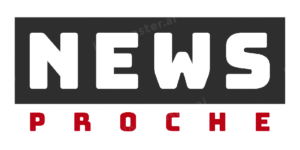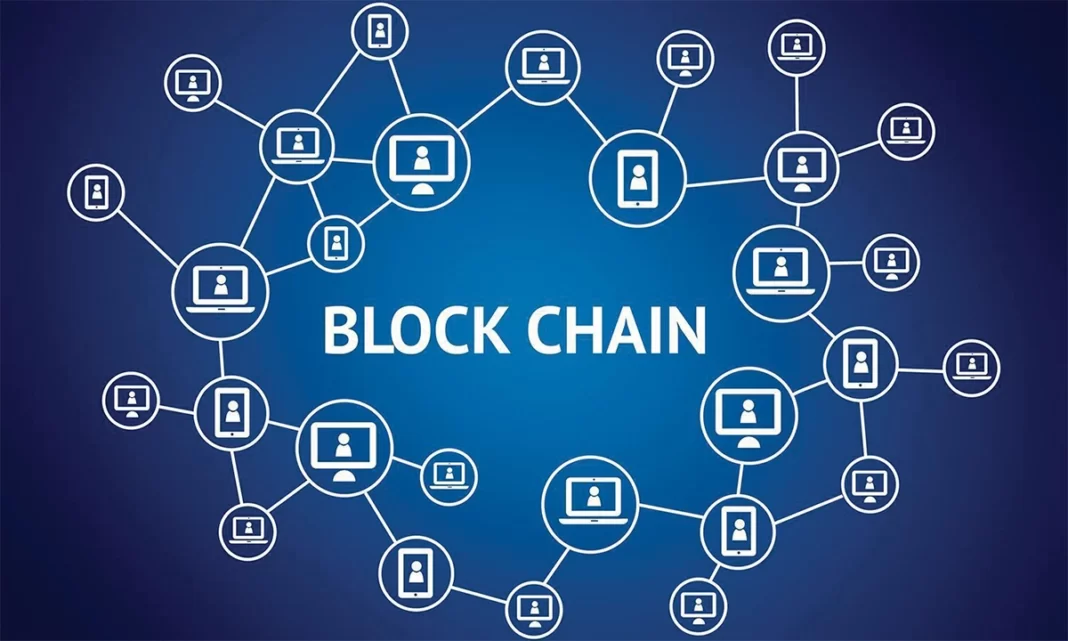This article will fulfill your expectations about Understanding Blockchain Decentralization.
Blockchain decentralization ensures that control and decision making are not concentrated in a single person or group, but are distributed evenly across a network to eliminate bias or misjudgment.
The network is connected to several “nodes”, which verify the validity of new blocks before they are added to the chain. This improves Blockchain security for users. To alter the Blockchain, one would need to hack all nodes and fiddle with its blocks. This is almost impossible. For more information, get a grip of it and learn the Understanding Blockchain Decentralization.
What is Blockchain Decentralization
Blockchain Decentralization is the movement of governance and the process by which decisions are made from one central authority to a distributed range of connections in a network. These connections are intended to limit members’ faith in order to stop them from exercising authority or control over others that could harm the network.
Understanding Blockchain Decentralization
The digital age is gradually changing the way people live, work, study, and interact with their government. The administrative systems that are used to manage this information have not developed at the same pace. This is where Blockchain technology comes in. It’s one of the most effective technologies to solve this problem. It is widely recognized as a platform that can answer many pressing issues such as digital identification, asset and information ownership, security, and perhaps most importantly, future decentralized decision making.
The Benefits of Blockchain Decentralization
- This allows for the creation of a loving environment.
These systems require trust among members. Because each member of the network has a copy of information in a distributed record, this is crucial. If a member’s record becomes corrupted or altered, all members of the network will ignore it. This is Understanding Blockchain Decentralization.
- Data recovery has been improved.
Information is shared regularly between corporations and their partners. This information is shared with partners regularly. It is kept up to date in the information vaults of each party, so it can resurface if it is required. Information is susceptible to data loss and incorrect information reaching the workplace when it’s updated. Each partner can have a quick and distributed view of the facts thanks to a decentralized information repository. This is an important point in Understanding Blockchain Decentralization.
- The optimization of asset dispersion has been achieved.
Decentralization can help reduce asset dispersion and ensure promised services are delivered with greater consistency and execution. There is also less risk of a catastrophe.
Conclusion
Blockchain decentralization refers to an information foundation that maintains a collection and exchanges resources through a peer–to-peer network. It is possible that the “resources” are not just cash and transaction history, but also ownership, contracts, products and other information. A blockchain is not like peer-to-peer networks. It does not duplicate the transmitted value. Credit has been transferred between participants, but that is not all.




























